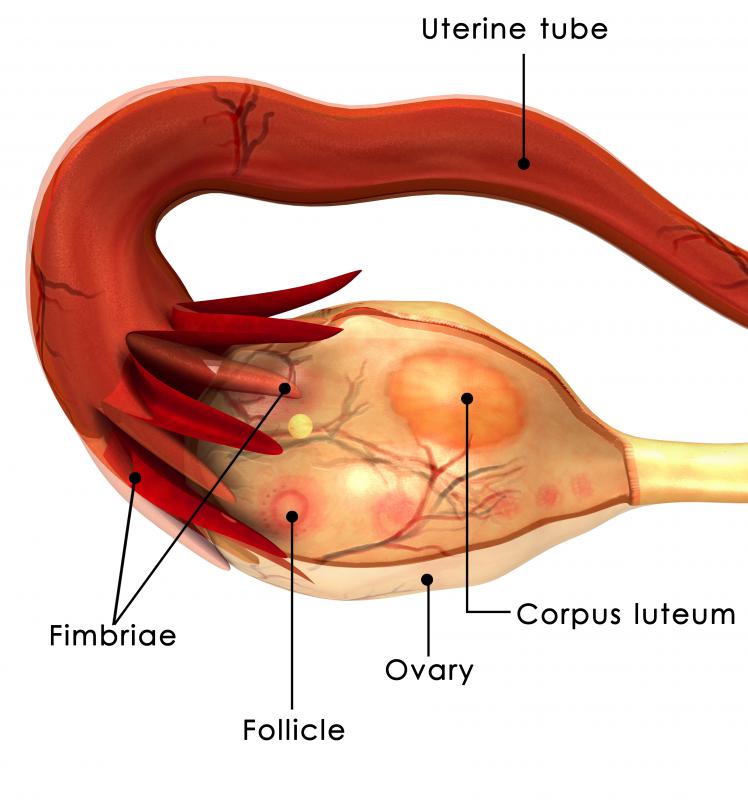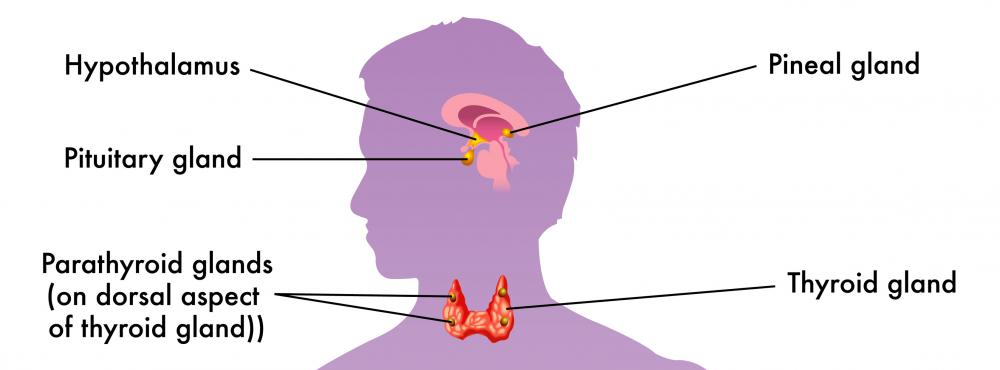At WiseGEEK, we're committed to delivering accurate, trustworthy information. Our expert-authored content is rigorously fact-checked and sourced from credible authorities. Discover how we uphold the highest standards in providing you with reliable knowledge.
What Are Interstitial Cells?
Interstitial cells are structural units that are located between other cells in an organ or tissue. The term is derived from the word interstice, which is a gap in tissues or organs. Despite their "outside" status, these cells perform a variety of functions within the body, particularly in the nervous, gastrointestinal and reproductive systems.
Possibly the most well known type of interstitial cells are called the Leydig cells. They are named after German zoologist and anatomist Franz Leydig, who was the first to describe them in an 1850 publication. Found in the testes, Leydig cells are responsible for producing a type of androgen hormone known as testosterone. This is well known as the premier male sex hormone, responsible for developing sexual characteristics such as the testes, prostate, muscular frame and body hair.

The interstitial cells of Cajal (ICC) are another type of these cells. They serve as electrical pacemakers so that the gastrointestinal tract, from the esophagus to the large intestine, can contract its smooth muscles. Known as peristalsis, this process is necessary for food and water to be digested properly.
Other interstitial cells are not as well known as the Leydig cells and ICC, but they are worth mentioning. Interstitial cells can be found in a soft tissue of the ovaries called the stroma. The kidneys and the pineal gland—the latter of which is located in the brain and contributes to sexual development—also possess these type of structures.

Similar to the concept of interstitial cells is interstitial fluid, which is also known as tissue fluid. The naming is due to its role in filling the interstices or tissue spaces. This is microcosmic of its role in surrounding all the cells in the body. Interstitial fluid also functions as the main component of extracellular fluid, which is the bodily fluid outside the cells.

The interstitial cells are associated with a group of medical conditions known as interstitial pneumonia. They are characterized by the interstitial tissue in the lungs thickening, indicating an inflammation of the organ. In this case, the tissue are restricted from moving and breathing to its full capacity. Interstitial pneumonia is usually classified under the interstitial lung disease umbrella, although a notable characteristic of the former is that the inflammation is caused by infection. Left untreated by corticosteroid and immune-suppressing drugs or respiratory therapy, interstitial pneumonia can result in more serious conditions such as pulmonary hypertension or respiratory failure.
AS FEATURED ON:
AS FEATURED ON:















Discuss this Article
Post your comments